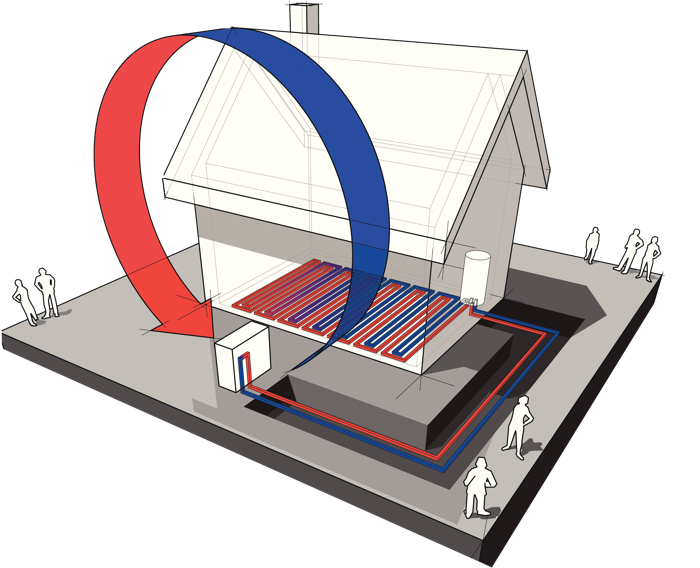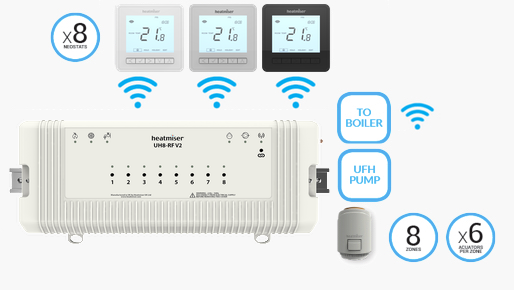Underfloor Heating & Heat Pump FAQ
What is a Heat Pump?
A heat pump is a versatile heating and cooling system that transfers heat from one area to another. It operates based on the principles of thermodynamics, extracting heat from a low-temperature source (like the air, ground, or water) and delivering it to a higher-temperature space. This process can be reversed to provide cooling as well.
What is underfloor heating?
Water underfloor heating is a type of heating system that involves the installation of pipes or tubing beneath the floor surface to distribute warm water and provide radiant heat. The system typically consists of a network of pipes connected to a central manifold and a heat source, such as a boiler or heat pump. The warm water circulates through the pipes, emitting heat that rises and warms the surrounding space from the floor upwards.






